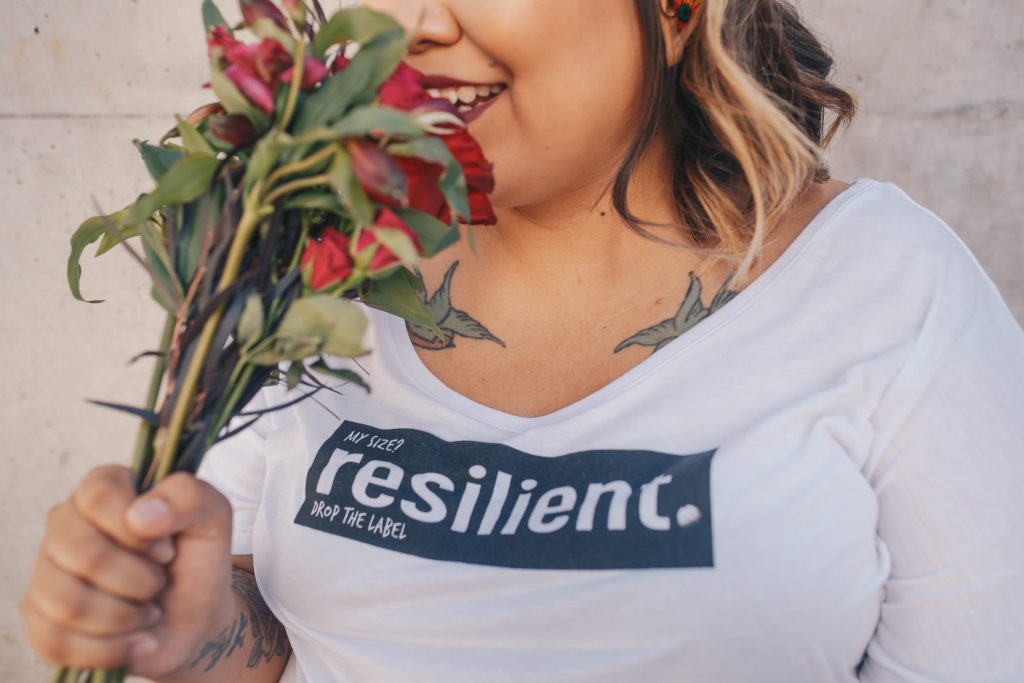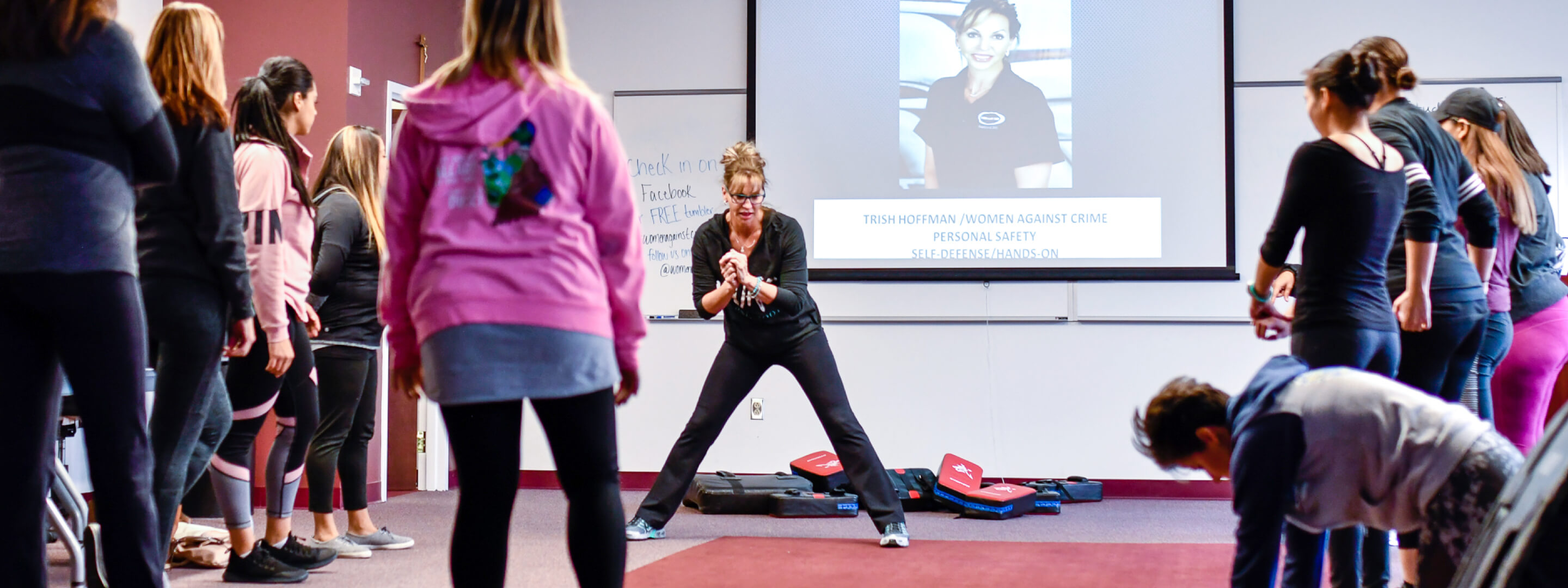If you or someone you know is in immediate danger, always call 911.
In October, we bring awareness to domestic violence and abuse through National Domestic Violence Awareness Month. This national month of remembrance and action was first started in 1981 by the National Coalition Against Domestic Violence with the intention of connecting battered women’s advocates throughout the U.S. to each other.
The month is filled with events to encourage advocates, survivors, and friends and family members to break the cycle of domestic violence together by speaking up and taking action.
Domestic violence is defined as the willful intimidation, physical assault, battery, sexual assault, and/or other abusive behavior as part of a systematic pattern of power and control perpetrated by one intimate partner against another. Emotional and psychological abuse are included in domestic violence, and many abusive partners start by belittling or emotionally controlling a partner before they resort to physical violence.
Here are some harrowing statistics on domestic violence:
- 10 million individuals are physically abused by an intimate partner each year.
- The most dangerous time in an abused individual’s journey to survival is often directly after leaving an abusive relationship or seeking help.
- One in five homicide victims with restraining orders are murdered within two days of obtaining the order.
- Domestic violence hotlines respond to 20,000 calls every day.
- Over 480 incidents of domestic violence will involve a gun-related fatality this year.
- Nearly three out of four Americans know someone personally who has been the victim of domestic violence.
- Every community is affected by domestic violence, regardless of race, economic status, age, gender, or sexual identity.
While domestic violence is pervasive, it’s not unstoppable. There are many ways you can help a victim of domestic violence, including the following.
Know the warning signs of an abuser
Understand that anyone can be a victim of domestic violence or abuse, even your most confident or self-sufficient friend. Abusers can also be any shape, size, color, or creed. However, abusers often use the same tactics on their victims. You can help by spotting these traits in an intimate partner of a friend, family member, or colleague:
- Jealousy and possessiveness, including accusations of the victim flirting or having an affair
- Controlling behavior, including taking over the victim’s finances or telling the victim what to wear, who to see, or how to use social media or their phone
- Verbal abuse, especially embarrassment or humiliation in front of other people
- Cruelty to animals or other family members
- Unpredictability and volatility, especially with a bad temper
These behaviors are red flags that an individual may turn to violence to control their partner.
Understand how abuse affects a victim
Many friends and loved ones of victims of domestic abuse can become frustrated that their loved one won’t leave an abusive partner. Unfortunately, this is a hallmark of domestic abuse, because the abuser is asserting control over the victim through means that will destroy the victim’s sense of self or safety. A victim may honestly believe they have nowhere to go or that their friends and family members won’t support them if they decide to leave the relationship.
Often, victims of domestic violence and abuse may go through a variety of emotions, some of which may appear confusing to someone not in the relationship. They may have trouble talking about their abuse because they fear they will be stigmatized. They may feel guilt about the relationship or try to take responsibility for their role in the abuse. They may also believe that their partner will change, and hope that the abuse will stop.
You may hear the victim claim that they caused the abuse, or that they were violent as well. But in reality, violence in relationships is used to gain and maintain control over a partner. Even if a victim fights back, there is always a primary partner who is the source of power, control, and abuse in the relationship.
There are many signs that an individual is the victim of abuse, such as:
- Emotional withdrawal and distancing from family and friends
- Increased use of alcohol or drugs
- Minimization of the abuse or excuses made for partner’s behavior
Know how to help
If you suspect a friend, family member, or coworker is a victim of domestic abuse, you may feel powerless to help them. Oftentimes a victim’s life is completely entwined with that of their abuser, and they may not want to leave. At the same time, we know that victims are much more likely to be targeted by their abusers after they leave or seek out help.
The very best thing you can do for a victim is offer to support them no matter what. You can do this in the following ways:
- Tell them that you care about them and are worried for their safety and wellbeing
- Let them know you are on their side and they can talk to you, regardless of their choices surrounding the abuser
- Be prepared with resources should they decide to leave or seek out professional help
Don’t ever confront a domestic abuser directly. They may harm you physically during the altercation, or it may make them angrier at their victim for discussing the issue with someone. Call 911 if you hear or see any form of violence, no matter who is involved.
Know the resources available to victims
As an ally or advocate for victims, it’s a good idea to know where to send them should they decide to get help.
Have the following information ready for them:
- The National Domestic Violence Hotline – 800.799.7233 (SAFE) or thehotline.org
- RAINN National Sexual Assault Hotline – 800.656.4673 (HOPE) or online.rainn.org
- Your local police department non-emergency line
I’ve compiled a list of resources that may be able to provide help as well.
Share your story and speak out

One way to break the cycle of domestic violence is to speak out against it. If you or someone you love is a survivor of domestic abuse, share your experience through the #VoicesHavePower campaign. You can submit your story using the hashtag at the campaign website or text it to #94079. Verizon will donate $3 for preventing domestic abuse for every text message that is received.
Women Against Crime is also collecting stories of domestic abuse and violence from our partners to share the story. If you’d like to share your story on our social media, please email it to and let me know if you’d like to remain anonymous. We’ll publish stories throughout the month of October.

